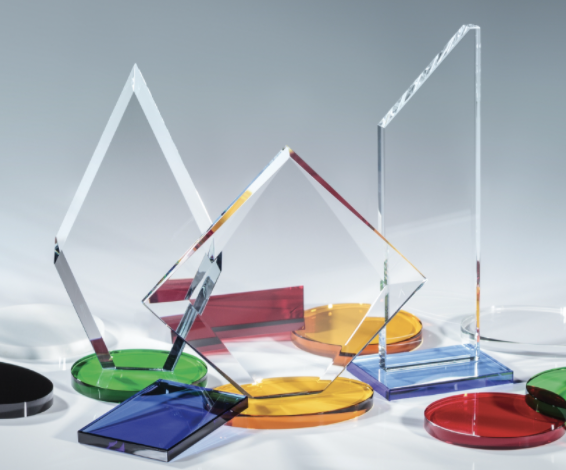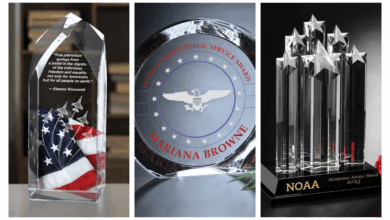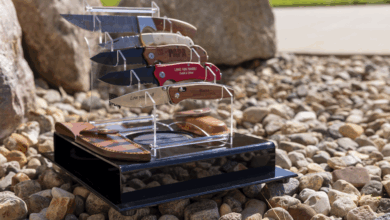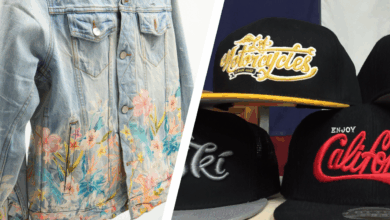
Glass, crystal, and acrylic substrates are all easy to engrave, but they are not well suited to the same method of engraving.
Acrylic is better suited for engraving using a CO2 laser with excellent results. Glass and crystal are better suited to abrasive etching (sandcarving). However, the cost is higher as it involves a two-step process (mask and blast). The quality, however, is almost always superior to that of a CO2 laser on acrylic, as abrasive etching allows for better depth control.
Abrasive etching is not recommended for engraving acrylic as the abrasive material simply bounces off the surface, instead of actually removing it, as it does with glass or crystal.
You can engrave glass and crystal with a CO2 laser. Still, the results are not as good as they are on acrylic. The CO2 laser evaporates a shallow layer of the glass surface by fracturing it. Under a microscope, it keeps on splitting (microchipping) until the stress in the surface of the glass or crystal, caused by the CO2 laser, dissipates.
Both glass or crystal, as well as acrylic, can also be rotary engraved. Due to the hardness of glass and crystal versus much softer acrylic, better quality results can be obtained on acrylic.



